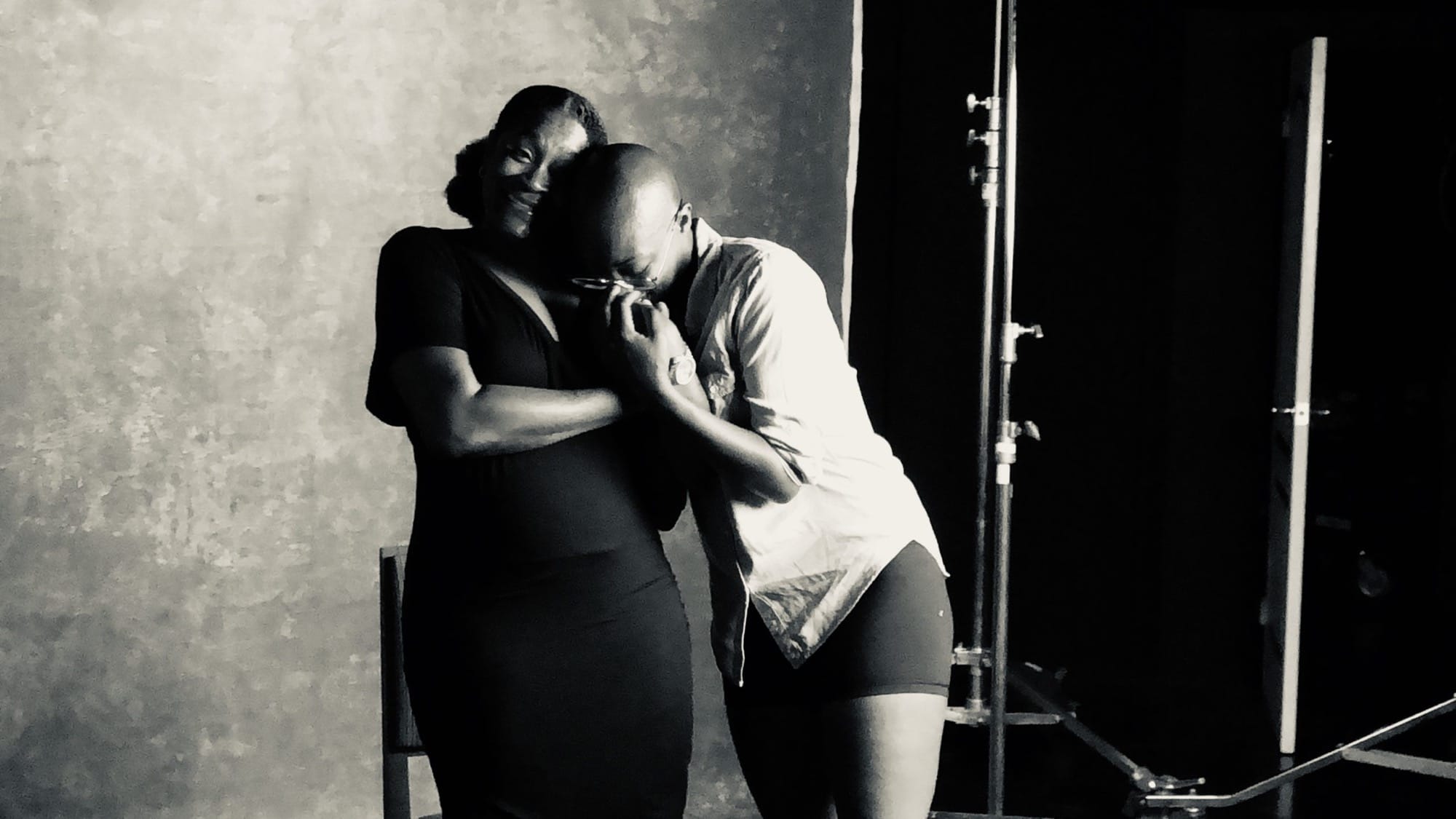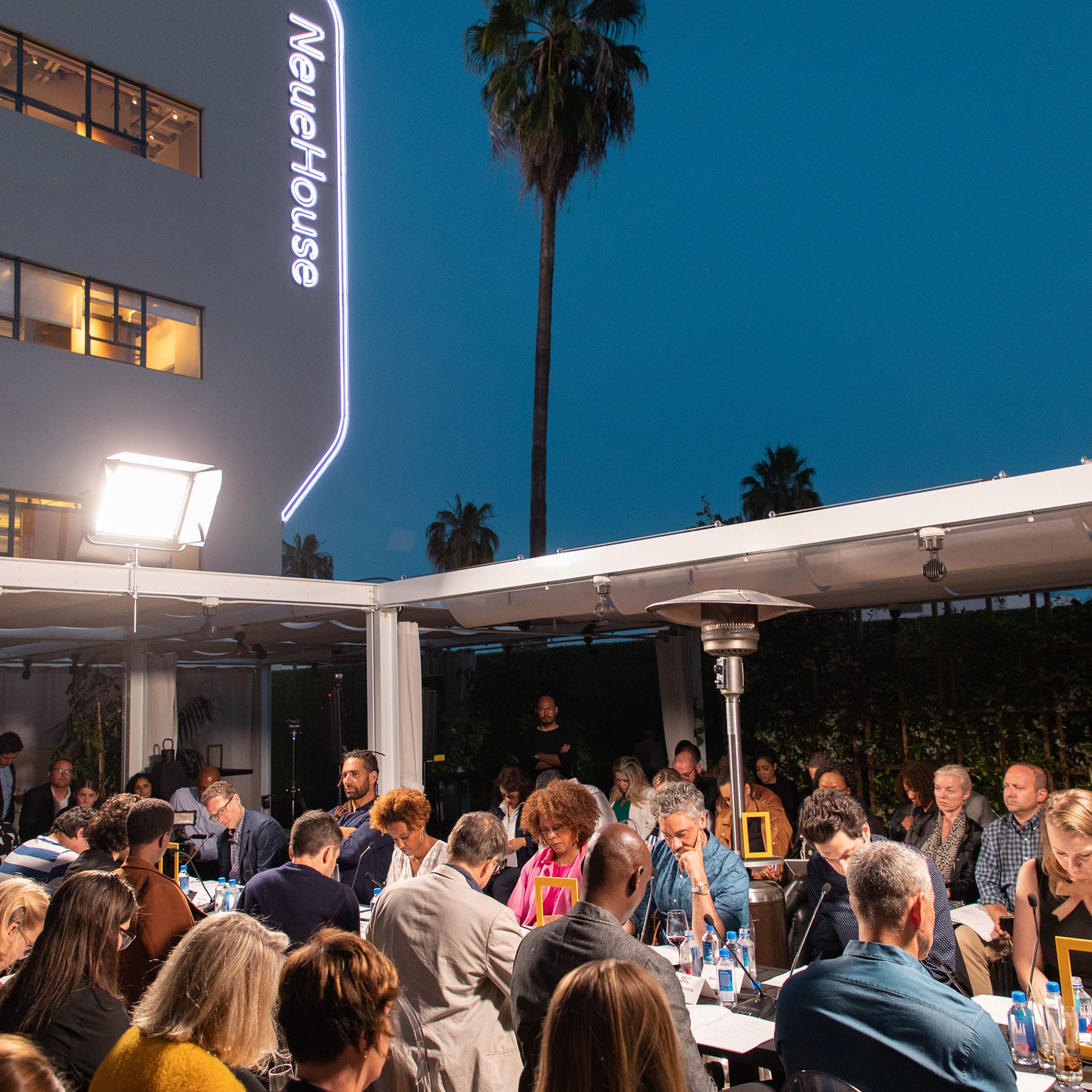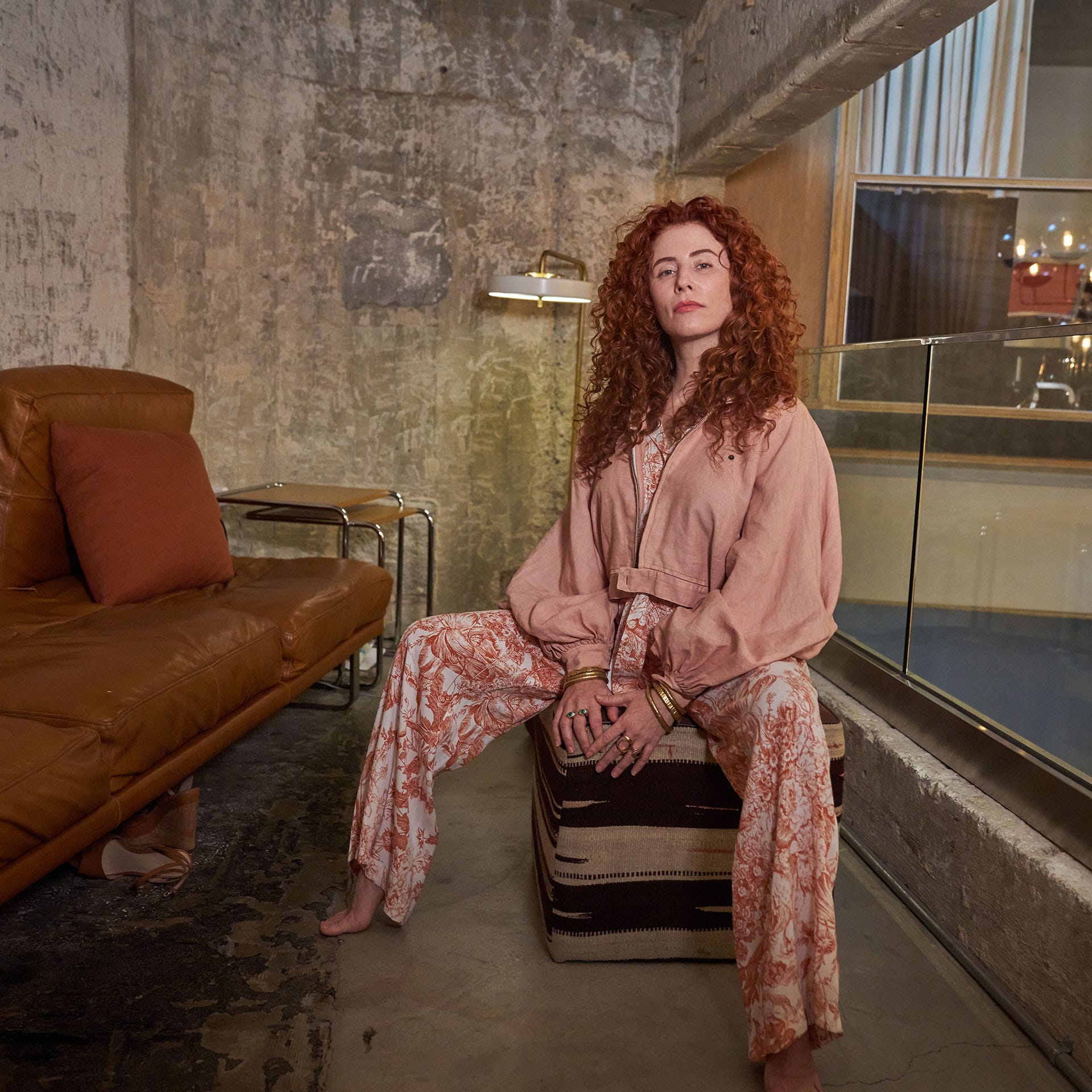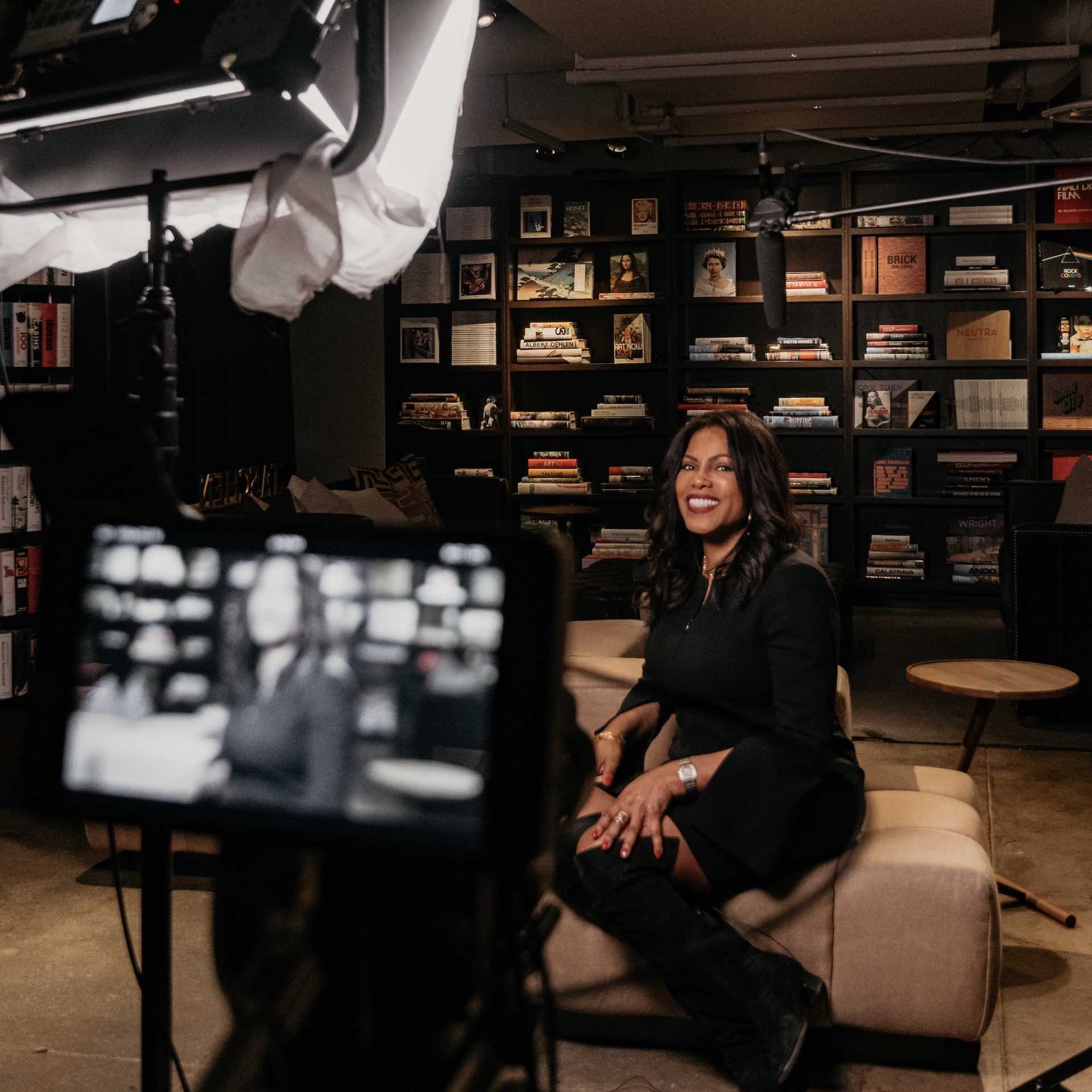“Oge Egbuonu is a filmmaker, producer and human rights activist. Ahead of the release of her directorial debut on Juneteenth, we sat down with Oge to talk through her process and the unconventional ways in which she approaches her work and life.”
Tell us about your background.
I moved to Los Angeles about 8 years ago when I was working for a retail company. After quitting that job, I went through a form of depression for about 3 months. During that time that I discovered yoga. I fell completely in love with it; went through a training program for a year, got certified and started teaching throughout Los Angeles.
One day at the studio, I met a man named Ged Doherty. Ged asked me if I ever thought about working in film and music. Up until that point, I had no idea that he was a producing partner of Colin Firth’s. He and Colin offered me a position at their production company, Raindog. I immediately accepted and moved to London for 4 years. During this time, I helped produced two films: Eye in the Sky and Loving. Colin, Ged and I eventually parted ways and I moved back to Los Angeles; it was then that I was given the opportunity to direct this documentary (In)visible Portraits.
You’ve described your approach to life and film as ‘unconventional.’ Can you tell us a bit about what you mean by that? Why is being unconventional a philosophy of yours?
I think my life is unconventional in many ways – including the way that I entered the entertainment business. The way that this film came about, the making of it and now the distribution has been unconventional. It’s not so much that I set out to be unconventional, but I do always strive to ask questions and investigate the truth. I like to use my imagination to reimagine what is possible, because often times we forget that we are living in a social construct. We are living in someone else’s imagination, right? Someone imagined a cell phone and now that is how we communicate. So for me, it’s about understanding the notion of what a social construct is and using that as a north star.
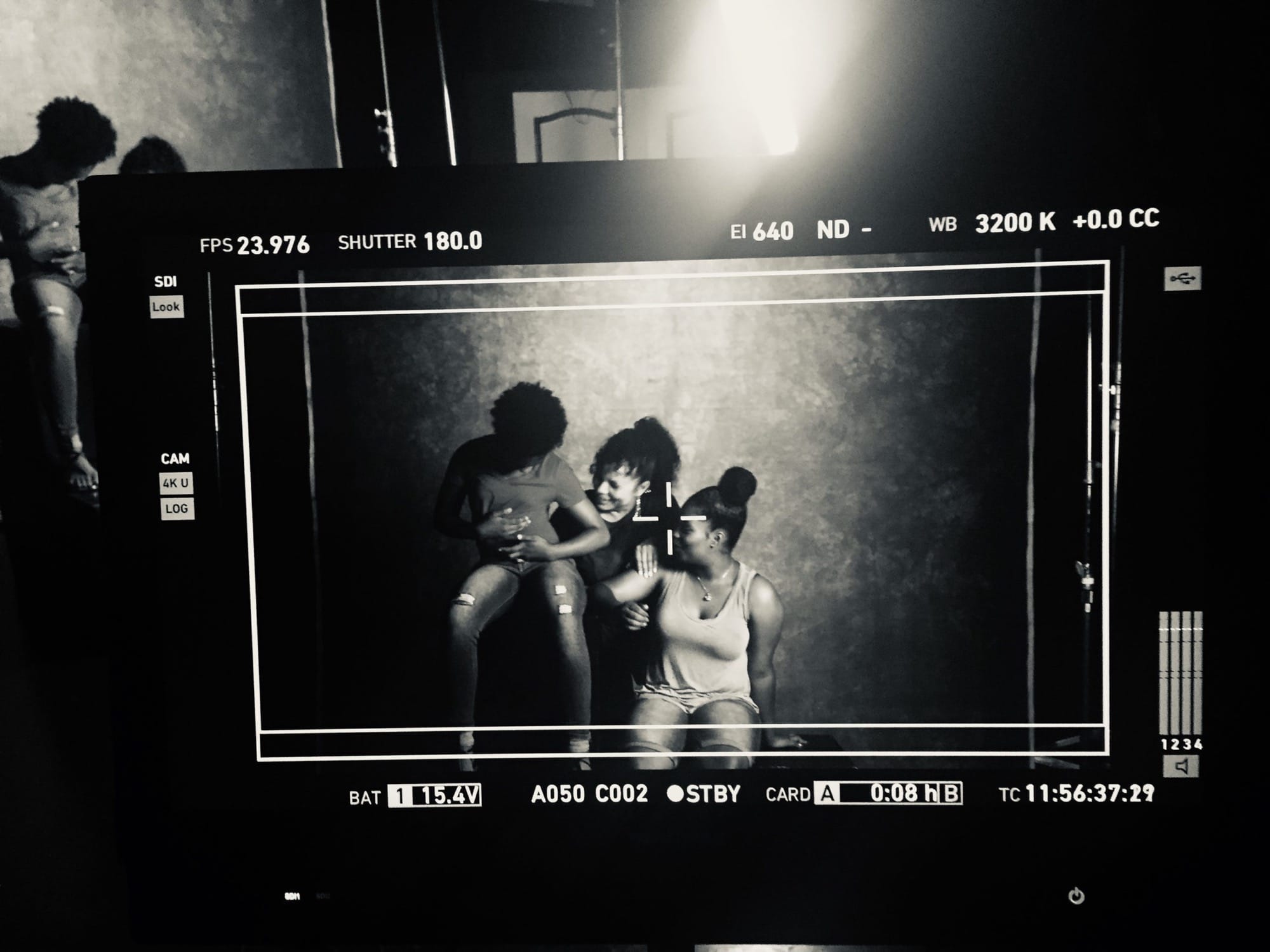
What sparked the idea for (In)Visible Portraits?
About three years ago, after I left Raindog, a woman I met at a charity auction texted me saying, “I know this guy who is in Los Angeles for a few days and has an idea about a film. Can you meet us at the Peninsula and hear him out? It may not work, but I thought of you and wanted to see if you are available.” So, I went to meet them and this middle-aged white man starts telling me that he wants to make a documentary about Black mothers after seeing a YouTube clip of Isaiah Thomas crying, talking about his mother sacrificing everything for him to be where he is today. It made him realize that Black mothers aren’t really openly celebrated.
I said if I were to do this, I would want to do it on Black women, because before they are Black mothers, they are Black women. He said “Great, send me a pitch and if I love it, I will fully fund it.” At the time I assumed he would want me to produce it because I had never directed before. I went home and did a few days of research, came back to him with my pitch and he said “I love it, go make it. Get a crew together and tell me how much it will cost.” So, I then realize that I’m meant to be the director, and freaked out. I called my dear friend and mentor Halle Berry (she hates when I call her that); I’m crying on her floor “I can’t do this; I’ve never directed. I’m going to fail, I have to tell him no.” She said to me “Do you know how many white men are out there making films who have never directed before, and you are going to say no? You are going to do this. I’ve been in this town for I don’t know how many years, and nobody has offered me a film like this. You can do this – call him now and say yes.” So, I did.
You mentioned that in your research for the film, you found yourself examining the idea of Social Constructs. What did you learn? How did this inform the film?
A social construct is an idea created by someone which is then accepted by society. When you understand that, you understand that we are living in other people’s imaginations. Someone imagined prison, so we have prison. That is the power of imagination, and when I fully understood this, I realized that this is how you change the narrative. That’s why I called the LLC for this film Changing the Narrative. School for example; school is a form of conditioning. You have to question things like who is writing these textbooks? Who is telling this story, and how much of this is revisionist history? When it comes to Black history and in particular Martin Luther King, what we learned is a very cleaned up version. They don’t tell you how much the government hated Martin Luther King and pretty much assassinated him. They don’t tell you the stories of police brutality in Black communities. The stories I want to hear are not being told, so I had to think about how I wanted to do that. For nine months, I went into a deep period of research and read everything I could about Black women, written by Black women; everything I could find and immerse myself in it.
As I uncovered so many unknown truths, I A) felt so much rage and depression, and B) had to go back into therapy because it was a lot to carry with me emotionally and mentally. I used that to fuel the way that I told the story, because I thought “If I am 32 and didn’t know the majority of this, I KNOW the rest of the world doesn’t know this.” Unless you went to college and took African American Studies, you don’t know these things. So, I wanted to create something which can serve as a reeducation on society.
“I uncovered so many unknown truths, that I felt endless rage and deep depression. I used this to fuel the way that I told the story. So, I wanted to create something which can serve as a reeducation on society.”
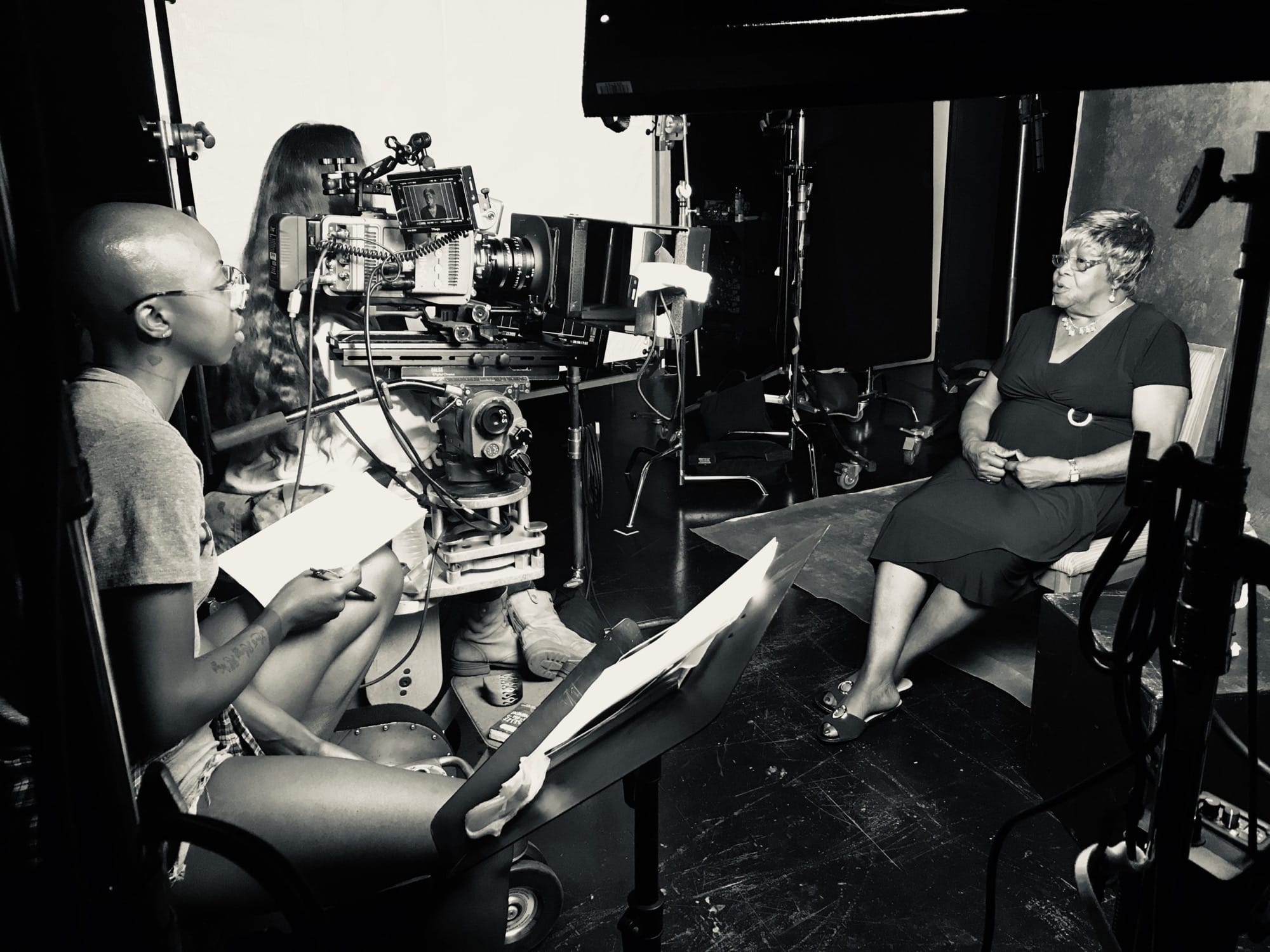
How does your film connect with the current social and political climate?
Black women in America are literally at the bottom of the barrel. An unfortunate example of this is Breonna Taylor. We are screaming from the rooftops for George Floyd, as we should. We are screaming from the rooftops for Ahmaud Arbery, as we should, but when it came to Breonna Taylor, her case was only shouted for a few days, and then it went silent. We don’t know if it’s because this incident doesn’t have a video and the other two did, but it doesn’t matter because it happened. The erasing of Black women is something that society does on a daily basis. The civil rights movement was founded and built by Black women – Ella Baker, Septima Clark. Yet you don’t hear the history of these women. These women were literally the masterminds behind a social movement. Black Lives Matter was founded by three Black, queer women but you don’t really hear about them. You hear about the DeRays and the Shaun Kings. It’s this notion of the erasing Black women and what my film does, I hope, first serves as a love letter to say “I see you, I hear you and you matter” and second it should serve as a reeducation that this country has been, and continues to be, built on the backs of Black women.
How did you go about choosing the voices within the film? What was your vision for how this story was to be told?
These voices came from my research. I read so many books and just started reaching out to authors and scholars, asking them if they would be a part of the film. I made the intentional decision not to use celebrity voices. I had a few reach out to me saying they heard about the documentary and that they wanted to be in it, but I made it very clear that I didn’t want to do that because we know those stories, and I wanted the film to feel relatable. There is just something different when you use “everyday voices” rather than celebrities. I wanted to amplify the women who are so often forgotten. At the time I had my assistant look for every organization in LA that dealt with Black communities, especially Black women, and I reached out to all of them, telling them what I wanted to create. I fell in love with a center in Watts called the WLCAC; Sheila Thomas, who is in the documentary, is the Executive Director there. I sat with her and told her the vision, and she said “I am absolutely for this, but let me tell you one thing. I cannot guarantee that anyone will open up to you because so many people come here and exploit their stories, and they never see them again. If you get to know them and they open up to you, you have my blessing.” So then after getting to know these women and building these relationships, they did open up to me.
The initial vision of the film was to tell this story through the lens of the patriarchy versus the matriarchy. But then as I was doing research, I realized I didn’t want to go that route. I had a random idea and reached out to my friends, asking them to reach out to every Black man they know and ask them to describe Black women in three words. I got back about a hundred responses, and I wrote down every word I got, every single time. So if I got “angry” 45 times, I wrote it down 45 times. If I got “beautiful” 30 times, I wrote it down 30 times. Every word I got, I wrote it down on this big white sheet of paper and I stared at that every day as I was researching. After about a month, the three words which kept popping out to me were hurt, beautiful and resilient, so I decided to tell the story through these three lenses.
What was the most impactful moment/takeaway in the process of making (In)Visible Portraits?
Well, I can’t really pinpoint any one moment. The entire process of making this film rearranged me in the most beautiful way. It gave me permission to rediscover my truth; it gave me permission to be fully who I am. I learned so much in every phase, from research to production to post-production, and every person I speak with teaches me something new. I can probably tell you how many days I DIDN’T cry versus the days that we all cried. The whole crew would be sobbing because of these women’s stories and the history behind them.
What motivates you?
Collective liberation motivates me. I am determined to participate in a society where we have this.
If you are interesting in watching the full film, please purchase the film on Vimeo.
““Collective liberation motivates me. I am determined to participate in a society where we have this.””
